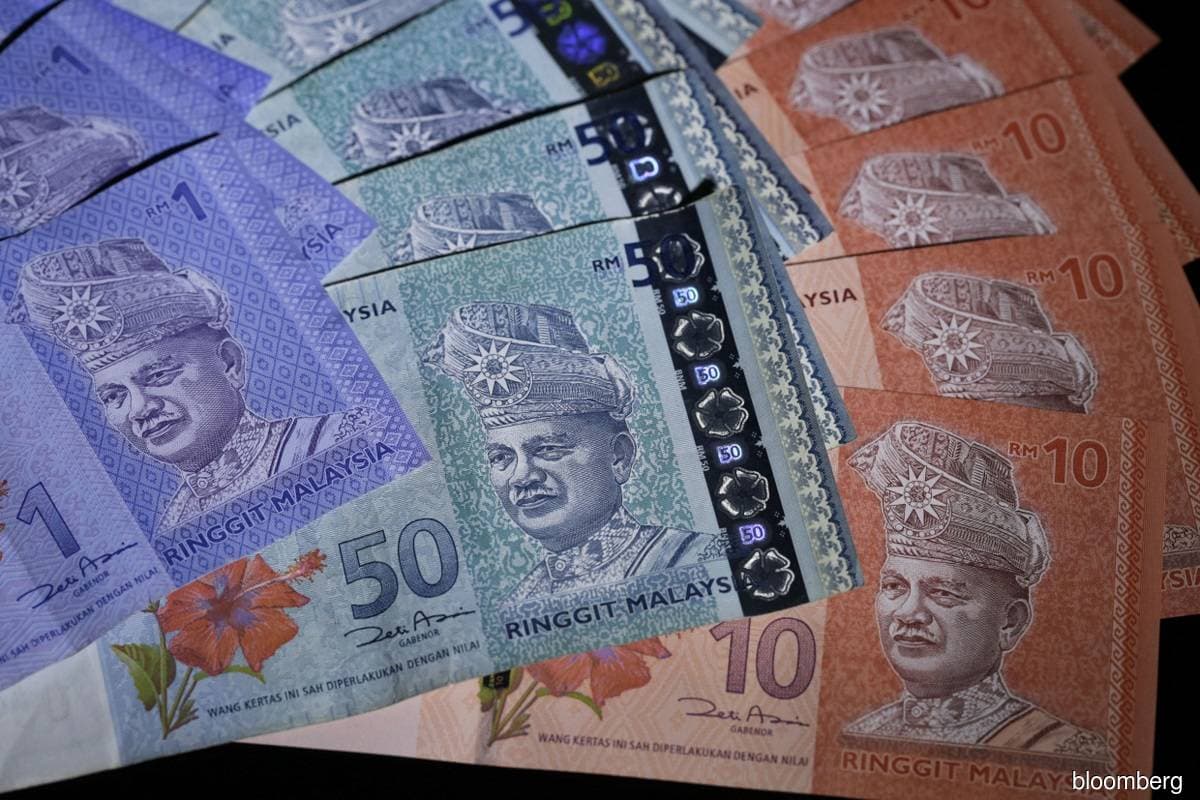
KUALA LUMPUR (April 26): The ringgit depreciated to a new record low of 3.1766 against the Singapore dollar on Tuesday (April 26), as the imminent interest rate hike by the US Federal Reserve (Fed) and the weakening yuan continued to weigh on the local currency's performance.
At 6pm, the local note closed at 3.1708 against the Singapore dollar, compared with the previous record low of 3.1696 seen on Monday.
The ringgit was traded between 3.1654 and 3.1766 against the Singapore currency on Tuesday.
The local unit also weakened further against the US dollar to 4.3558, the lowest level seen since May 18, 2020, when the ringgit was trading at 4.3610 against the greenback.
Economics professor Dr Yeah Kim Leng said that although rising palm oil and crude oil prices should have strengthened the ringgit, the positive currency effect has been overwhelmed by short term factors that include changes in market sentiments and expectations.
"The financial markets are pricing in a further 50 basis point hike by the Fed as it seeks to get ahead of the curve in raising interest rates to control inflation which hit 8.5% in March [this year] following February's 7.9%," said the Sunway University academic.
"The rising US interest rates will underpin the strengthening of the US dollar against other currencies including the ringgit. There is also global risk aversion at play as investors seek 'safe haven' currencies.
"Besides a tightening response by the [Monetary Authority of Singapore], the Singapore dollar is a beneficiary of flight to safety arising from a potential escalation of the Russia-Ukraine war," Yeah told The Edge when contacted.
As Malaysia is a crude oil and palm oil exporting country, Yeah said the expected strengthening of the ringgit arising from higher foreign exchange earnings has been offset by financial tightening in the US and other countries as well as expectations that the strict Covid-19 lockdowns in China will dampen Malaysia's exports.
"The ringgit could have weakened much more if not for the strong palm oil and crude oil prices that are expected to boost the country's foreign exchange earnings and current account surplus. Daily currency movements are driven more by short term factors such as changes in liquidity, sentiments and expectations while fundamental factors such as export earnings influence the currency level over a longer horizon," he said.
OCBC Bank rates strategist Frances Cheung said the weakening ringgit has been impacting other commodity currencies as well.
She said it may be difficult to fight against the market momentum at the moment, as the Fed and US dollar's market pricing are likely to stay hawkish, while the risk sentiment is subdued given the concerns over the growth outlook in some economies.
"We do note that Malaysia's trade balance including being a net commodity exporter is supportive, which shall act as a buffer," she said.
UOB Malaysia senior economist Julia Goh, meanwhile, said the spike in global crude oil prices is a double-edged sword for Malaysia's fiscal position, as higher oil revenues are countered by rising fuel subsidies.
"Malaysia's high dependence on imports also dilutes the positive spillover effect of higher commodity prices. In 1Q22, exports gained 22.2% (4Q21: +29%) while imports advanced 25.2% (4Q21: +29.6%). Higher imports over exports led to a narrower trade surplus of RM65.1 billion (4Q21: +RM76.2 billion)," said Goh.
Despite the weakness of the ringgit, Goh said the country's fundamentals remain strong with a positive growth outlook for this year, supported by the transition to endemicity, reopening of international borders, and further normalisation of domestic demand.

